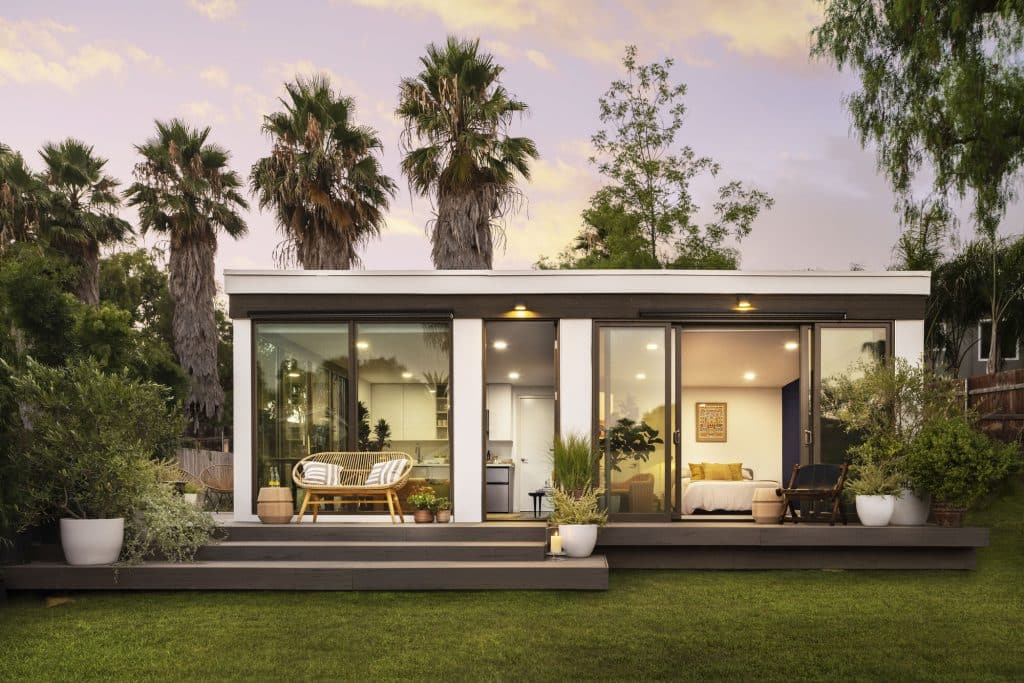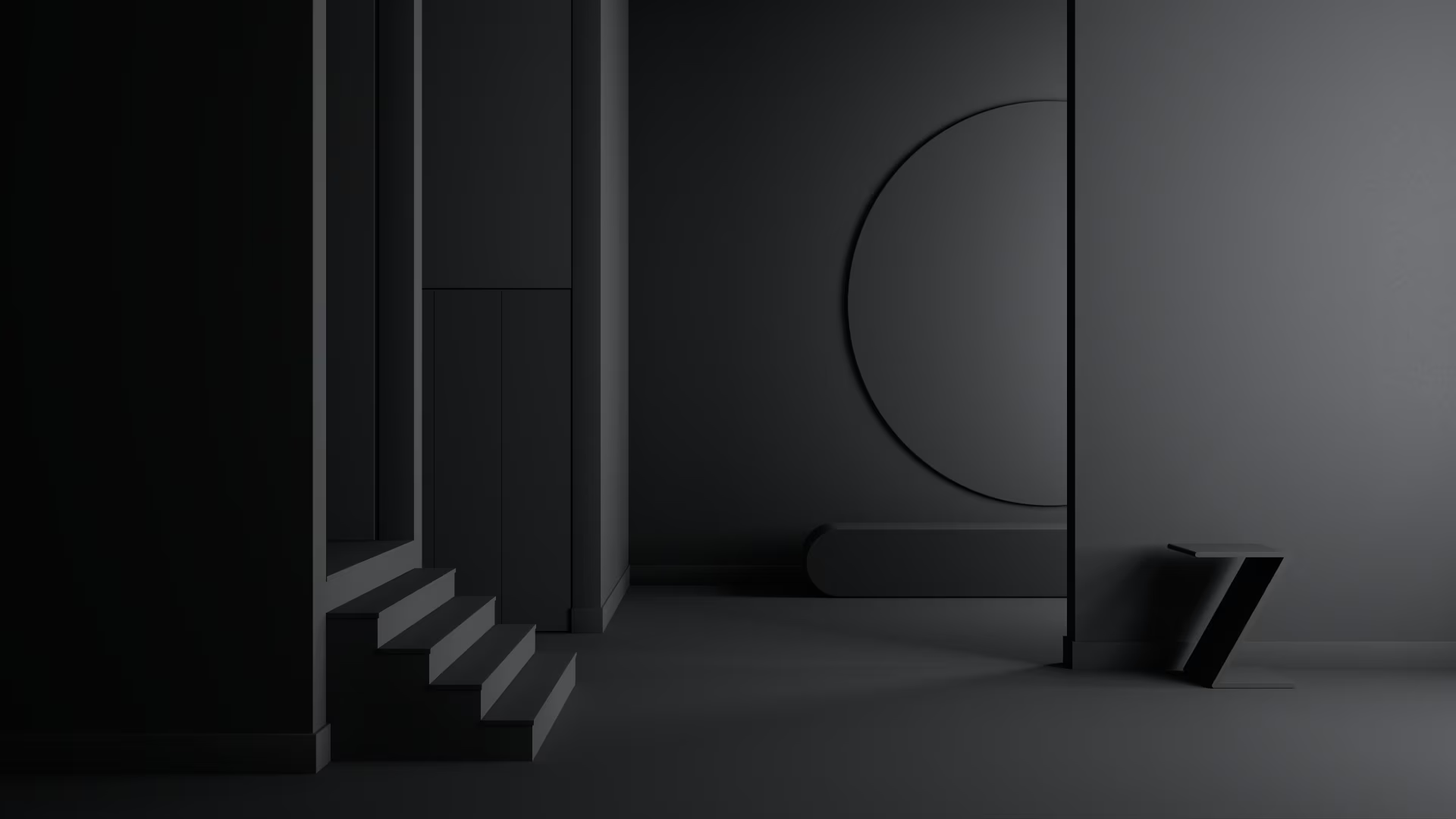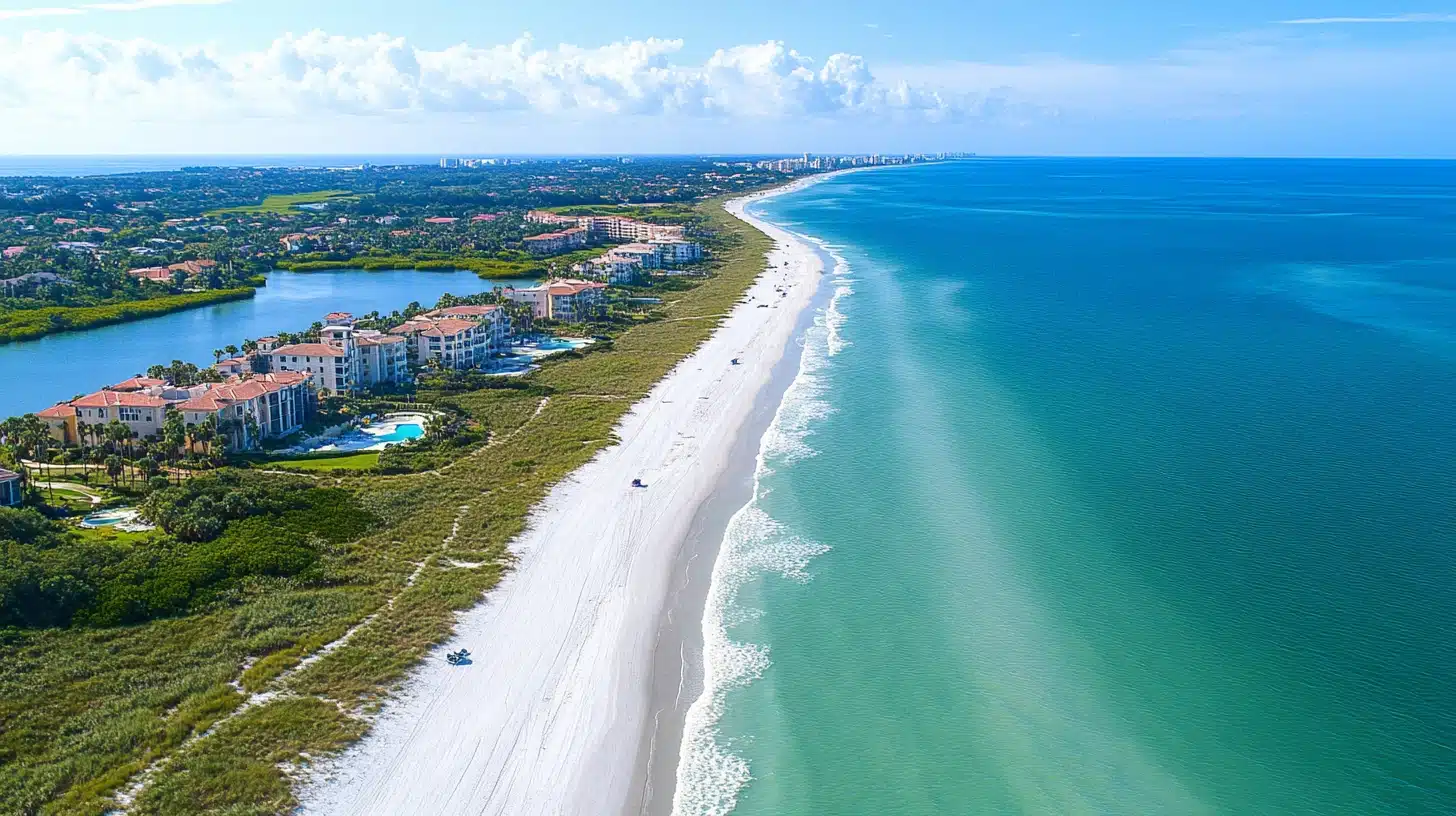Revolutionizing Mobile Home Design with 3D-Printed Items
The idea of mobile homes has changed significantly throughout time, evolving from the negative stereotype of transient lodging to a contemporary representation of sustainable, adaptable, and customized living. As technology develops, so does the possibility for building and designing homes.
Incorporating 3D Printing into Mobile Home Design

The inclusion of 3D printing in the mobile home production process brings about a new age of design and construction. This technique enables the fast production of intricate, long-lasting, and light materials, which in turn provides the designer with the control over the architecture and interior design process that has never been seen before.
For those curious about mobile homes and interested in their purchasing, don’t forget to visit epicvin.com for receiving comprehensive insights and resources particularly in verifying their history before buying.
Design Possibilities with 3D Printing
The 3D printing technology provides a wide range of design opportunities. Architects and designers are now able to try out shapes and structures that were impossible or too expensive to build before with the traditional construction methods. From the wall patterns that are designed to provide thermal insulation to the furniture that can fold into the structure of the home, the possibilities are as endless as one’s imagination.
Besides, 3D-printed homes can be designed to be modular. This modularity can be very useful for mobile homes, because it enables the owners to easily expand or reconfigure the units according to their changing needs. Whatever it is, the adaptability provided by 3D printing, be it adding an extra room or repositioning internal walls, the modifications become easy and less disruptive. For those looking to invest in this innovative technology, finding the best commercial 3D printer is crucial to achieving optimal results.
Material Innovations
The development of 3D printing materials is also essential to the progress of mobile houses. Materials that are popular alternatives include polylactic acid (PLA), a biodegradable polymer made from renewable resources such as maize starch. Their weather resilience and lightweight nature allow them to provide both environmental advantages and the functionality required in mobile environments.
Moreover, the latest discoveries have brought materials that can reproduce or even exceed the traditional construction materials such as wood, metal, and concrete in both functionality and aesthetic appeal. These materials not only give better insulation and strength but also enable the designer to be more precise.
Challenges and Solutions
Although the use of 3D printing in mobile home design has many advantages, it is not free of challenges. The issues like the initial cost of 3D printing technology, the need for skilled operators and the current pace of printing large structures are the major hurdles. Nevertheless, the continuous development of 3D printers and the growing number of training programs for operators are slowly overcoming these obstacles.
Besides, the regulatory problems can also be the barriers, especially with the zoning laws and building codes that have not yet fully adjusted to this new mode of building. The active engagement with regulatory bodies and the participation in pilot projects will surely help in the broader acceptance and integration of 3D printing in the housing sectors.
Conclusion
To sum up, the 3D printing technology in the field of mobile home design is not only a technical novelty but also a revolutionary force that can change our ideas of home, community, and construction. With the continuous improvement of this technology, it will not only enhance what is physically possible, but also it will redefine what it is to construct and live in spaces that are truly designed for the dynamic patterns of modern life.
The mobile home design revolution is here, and it is being printed layer by layer, thus the new horizons for sustainable, efficient and personalized living are open.







